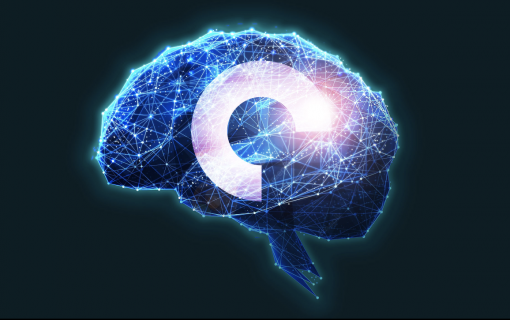
SEMANTICS: You are present with your product or company at this SEMANTiCS conference. Tell us a little more about the connection of your product or company has to the main topic of the conference: Knowledge Graphs and Explainable AI.
Cognizone: Cognizone is a company founded in 2015 by a team of IT engineers with 15 to 25 years of experience – focusing on data management services, particularly on Semantic and Knowledge Graph technologies. Over the years, we engaged in projects dealing with Legislative, Labour Market and Enterprise Semantic Interoperability and successfully implemented industrial-strength solutions for a wide range of clients – from private companies to public stakeholders (the European Commission, the European Parliament, or the Federal Chancellery of Switzerland). We stay driven by innovation. The world moves on, technology follows closely and as organisations scale up in size, so does their data. With our latest endeavour, Hanami, we aim to provide a self-adapting data editor supported by automation algorithms. Hanami focuses on the implementation level to simplify the understanding and use of knowledge graphs, making the power of semantics more accessible.
SEMANTICS: Knowledge Graphs are rather abstract objects that are difficult to access by non-expert users.
Cognizone: As organisations grow in size, so does their data, and data professionals with highly specialised skills will be increasingly in demand to manage this growing amount of data. The talent shortage combined with the exponential complexity of data coming from different sources can negatively impact innovation initiatives, increase the risk of data incidents and create issues of non-compliance with regulatory requirements. Our solution to tackle this problem is to combine existing knowledge graph data with automation, intelligence and processing power and do everything we can to help organisations better manage and use data, even in overly complex data environments. We’ve recently initiated the development of Hanami, a tool designed to facilitate the collaborative creation and management of knowledge graphs. Our solution guarantees a very high level of data quality based on international standards and gives access to Knowledge graph editing to less technically skilled users. Our approach is:
SEMANTICS: You are a sponsor of the conference. Where and how we can find you and talk to you?
Cognizone: Find us at Booth #8 where Agis, Honza, Natan and William will introduce you to our services and answer any specific questions you may have about our tool “Hanami”. Also, don’t miss the opportunity to participate in our real-life survey by giving us your take on the question: “What would you like to see improved in the current Linked Data editors?”